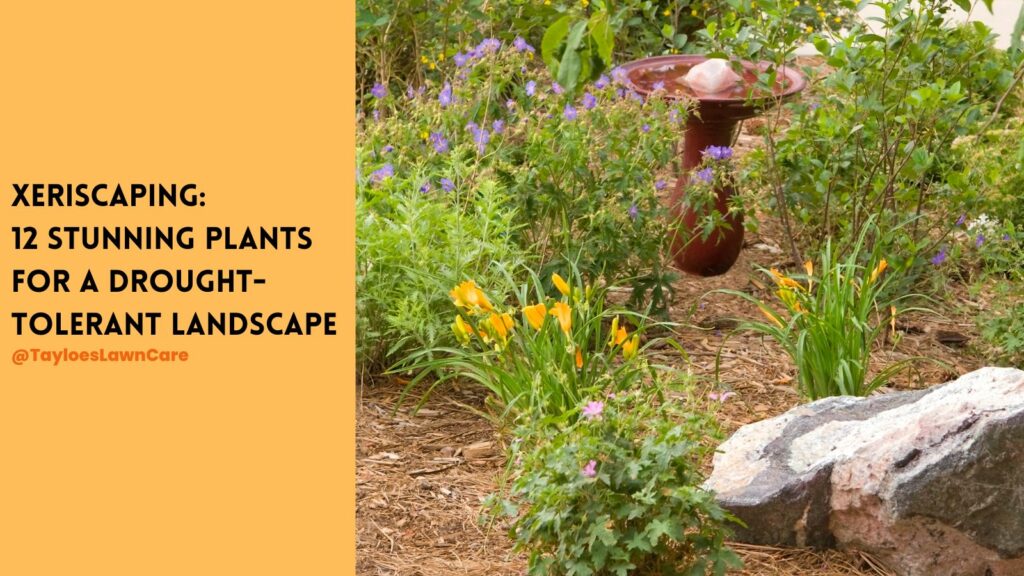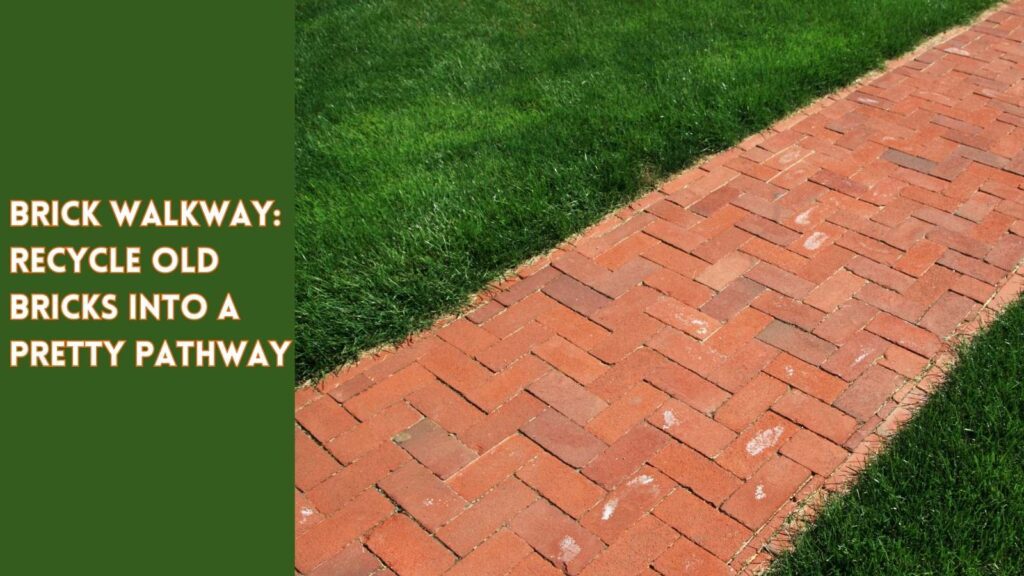Last Updated on: 30th October 2023, 02:18 pm
Lamb’s Ear (Stachys byzantina) is visually appealing and easy to grow and maintain, making it a favorite among novice and seasoned gardeners.
USDA Growing Zones
Lamb’s Ear is a hardy perennial that thrives in USDA Hardiness Zones 4 through 8. That makes it an excellent option for our neighbors and clients in zones 7 and 8. Stachys byzantina can withstand minimum winter temperatures down to -30 degrees Fahrenheit. Conversely, it can also handle the hot summers of Northeastern North Carolina, with our wild and unpredictable mixes of dry spells and tropical depressions.
Planting and Care Guide
Planting Stachys byzantina is a straightforward process. Choose a location with well-draining soil to prevent waterlogging, which can lead to root rot. The plant prefers slightly acidic to neutral soil, with a pH between 6.0 and 7.5.
To plant, dig a hole that’s twice as wide and just as deep as the root ball of your Lamb’s Ear. Place the plant in the hole, ensuring the top of the root ball is level with the soil surface. Backfill the hole, firm the soil gently around the plant, and water thoroughly.
Lamb’s Ear is a low-maintenance plant. It doesn’t require regular fertilization; a light application of a balanced fertilizer or organic compost in the spring should suffice. Prune back the foliage in late winter or early spring to encourage fresh growth and maintain a neat appearance.
Watering and Sunshine Needs
Stachys byzantina is drought-tolerant once established, making it an excellent choice for xeriscaping or gardeners who prefer low-water plants. Water the plant deeply but infrequently, allowing the soil to dry out between waterings. Overwatering can lead to fungal diseases, so it’s better to err on the side of caution.
As for sunshine, it loves to bask in the loves full sun but can tolerate partial shade. In zones 7 and 8, some afternoon shade can even help prevent the leaves from scorching during July and August.
Perennial Nature and Growth Rate
Lamb’s Ear will return year after year as a perennial, providing consistent beauty in your garden. It’s a fast-spreading plant, often growing up to 18 inches tall and spreading 12 to 18 inches wide. This rapid growth makes it an excellent ground cover or border plant.
Application in Landscape Design
In the realm of landscape design, Lamb’s Ear is a true all-rounder. Its unique characteristics and adaptability make it a versatile addition to various garden styles and settings.
One of the most striking features of this lovely plant is its silvery, fuzzy leaves. These leaves add a unique texture to your garden and provide a beautiful contrast to other plants. Whether nestled among vibrant, colorful flowers or paired with other foliage plants, Lamb’s Ear stands out, creating visual interest and depth in your flower beds and borders.
It offers many design possibilities. Its unique texture, color, and growth habit make it a valuable addition to any landscape, providing both functional benefits and aesthetic appeal. Whether you’re a seasoned gardener or a beginner, incorporating Lamb’s Ear into your landscape design can help you create a beautiful, easy-to-maintain garden.
Lamb’s Ear for rock gardens
Lamb’s Ear is also an excellent choice for rock gardens. Its leaves’ soft, plush nature can beautifully counterbalance the hard, sharp edges of stones and rocks. This juxtaposition of textures can add a new dimension to your rock garden, making it more visually appealing. Moreover, its drought tolerance and low-water needs make it a perfect fit for xeriscaping where water conservation is often a priority.

Ground cover
The plant’s spreading habit is another feature that makes it a valuable asset in landscape design. Lamb’s Ear multiplies and spreads out to cover a good amount of ground, making it an adequate ground cover. This can be particularly useful in areas of your garden where grass struggles to grow or where you want to suppress weed growth. Its ability to fill these spaces with attractive foliage can help create a more cohesive and well-maintained appearance in your garden.
Lamb’s Ear in container gardening
But the versatility of this versatile plant doesn’t stop at ground level. It can also be used in containers, where those soft, fuzzy leaves can spill over the edges, adding a touch of softness and whimsy. Whether you’re creating a mixed container with various plants or a single-species pot for a more focused impact, this lovely greenery can be a great addition.
Bordering garden walkways
Finally, Lamb’s Ear is perfect for bordering pathways, creating a soft, inviting walkway. Its low height and spreading nature make it an ideal choice for this purpose. Plus, its leaves remain attractive throughout the growing season, ensuring that your pathways look appealing for months on end.

The Takeaway: Lamb’s Ear Adds Beautiful Texture and Silvery Green Color to Your Landscape Plan
Lamb’s Ear is a hardy, versatile, and beautiful plant that can add a unique touch to your landscape. Its easy-care nature and adaptability make it a favorite among gardeners in various climates.
If you want to incorporate drought-tolerant plants and flowers into your landscape or need help with other lawn care and gardening aspects, don’t hesitate to reach out and ask. Our team of experts is ready to help you create and maintain the garden of your dreams.
Don’t forget to follow us across our social media platforms for more gardening tips, plant profiles, and updates on our extensive services. We look forward to serving all your landscaping and grass-cutting needs! Connect by calling or texting us at 252.287.3376. We also invite you to follow us on Facebook.
Author Profile

- Deborah Tayloe is the CEO and co-founder of Tayloe's Lawn Care Services, LLC. She has a B.S.Ed and holds certificates in soil and water management and herbology from accredited programs.
Latest entries
 Trees and ShrubsApril 22, 2025Boxwood Blight: Early identification and isolation
Trees and ShrubsApril 22, 2025Boxwood Blight: Early identification and isolation Flower GardenApril 8, 2025John F. Kennedy Rose: Hybrid tea rose with elegant white blooms
Flower GardenApril 8, 2025John F. Kennedy Rose: Hybrid tea rose with elegant white blooms Vegetable GardenMarch 24, 2025Trellis vegetables provide an abundant vertical garden harvest
Vegetable GardenMarch 24, 2025Trellis vegetables provide an abundant vertical garden harvest GardeningMarch 17, 2025Are coffee grounds good for compost?
GardeningMarch 17, 2025Are coffee grounds good for compost?





